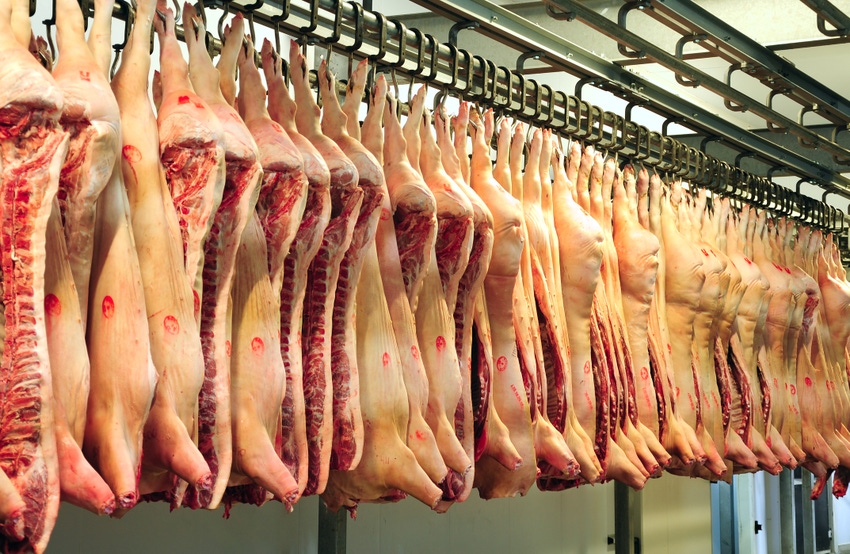Pork belly stocks reach highest level in 17 years
Slaughter numbers and heavier weights send belly stocks 34% higher in September.

A couple of years ago, pork belly stocks fell to low levels, causing a rally in bacon prices. Now, however, belly stocks have reached their highest levels in 17 years, according to U.S. Department of Agriculture livestock analyst Shayle Shagam.
At the end of September, there were nearly 41 million lb. of pork bellies in storage, about 34% above last year. It is the highest level since 1971, Shagam said.
It’s a combination of killing about 10% more hogs and live-weights being about 2% heavier, he said.
“More hogs and heavier hogs are going to give you more pork belly,” Shagam explained.
USDA’s Gary Crawford said while belly prices are down slightly, they are being propped up by growing consumer demand for bacon.
“Retail bacon prices keep climbing, averaging in September $5.57/lb., 7 cents more than a year ago,” he noted.
Shagam added, “People like bacon.”
Agriculture economist David Widmar noted that while the September 2019 stocks are significant, the key insights from the data are that: (1) frozen stocks of pork bellies have been highly volatile over the last 10-plus years, and (2) the large swings – from highs to lows – can occur in a short time period.
Widmar also pointed that inventories, on average, reach lows in September before trending higher throughout the winter and peaking in April.
As such, the current level is more than twice the average stocks for September.
While frozen pork belly stocks appear historically high, however, Widmar said overall pork stocks -- when measured relative to usage -- ended 2018 below the historical average. In fact, he relayed that stocks since 2016 have not only been below the historical average but also below levels observed since the late 1990s.
Regarding a potential trade deal with China, Widmar said the overall tight U.S. pork stock situation will be important to keep in mind.
“Admittedly, any increased trade with China will come down to specific pork cuts and products, but the overall situation has been toward lower -than-normal U.S. stocks in recent years,” he said.
About the Author(s)
You May Also Like





